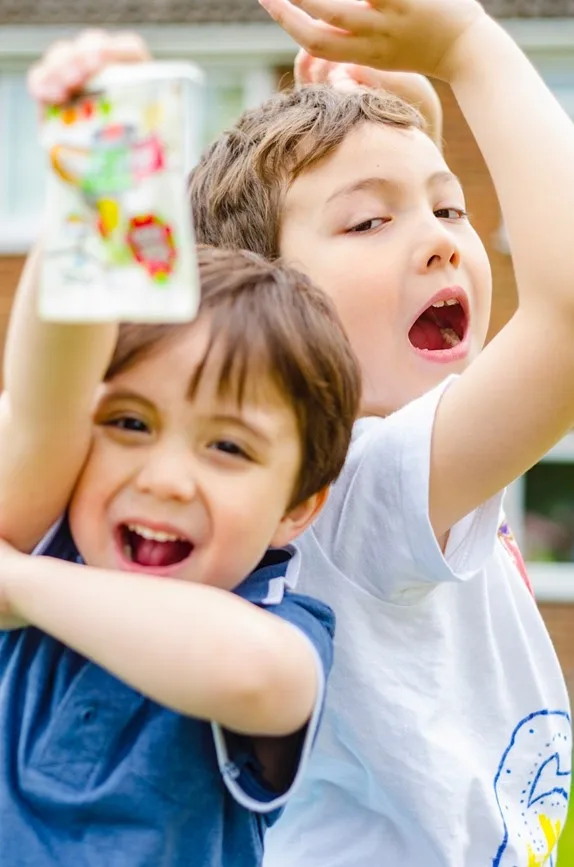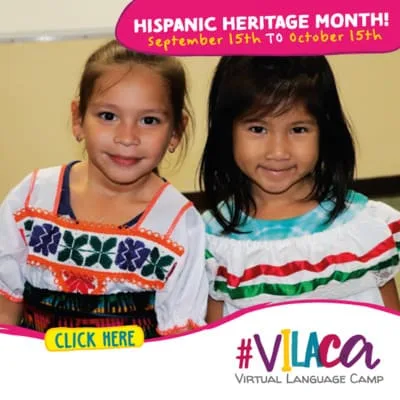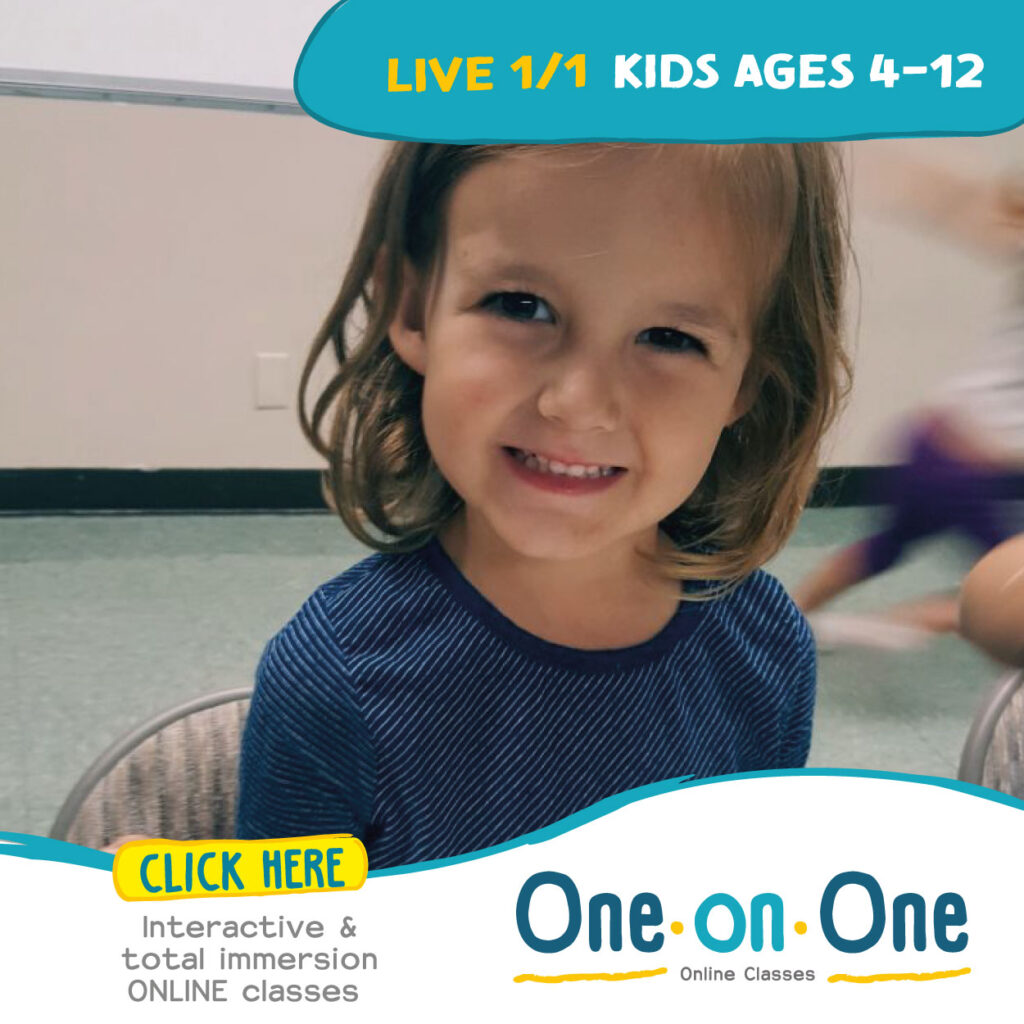If you’ve ever sat through a dry vocabulary list with your child and wondered, “Is this really the best way to learn a language?”—you’re not alone.
While traditional methods like rote memorization and grammar drills have been the go-to approach in many U.S. classrooms, research shows that they often fail to inspire lasting language retention or cultural curiosity—especially in elementary-aged learners.
In fact, studies reveal that creative, immersive language learning methods are more than twice as effective as conventional approaches in boosting vocabulary acquisition, engagement, and long-term fluency.
📊 Language Learning Effectiveness by Method
| Method | Retention Rate After 6 Months |
| Rote Memorization | 25% |
| Immersive, Creative Methods | 60–70% |
(Source: Applied Linguistics Journal, 2021)
Why U.S. Elementary Education Is Falling Behind
Parents are increasingly concerned about the quality of elementary education in the U.S., particularly when compared with countries where multilingual education starts early and is treated as a right, not a luxury.
Take Finland, Canada, or Switzerland—where learning two or more languages is the norm by age 7, and where creative play, cultural exploration, and storytelling are central to learning. These countries consistently rank higher in educational outcomes, language retention, and global readiness.
By contrast, many U.S. elementary schools offer limited access to quality language programs—and when they do, they often rely on outdated memorization techniques that kids find boring and hard to retain.
What’s the Solution? Creative, Joy-Driven Learning
That’s where Cultural Bytes comes in.
At Cultural Bytes, we take a radically different approach. We design immersive, engaging experiences that feel more like play and exploration than schoolwork. Our language programs combine:
– 🎨 Hands-on crafts
– 🎶 Songs and movement
– 📖 Story-based learning
– 🌍 Cultural adventures
This is language learning that kids actually look forward to—and that parents can feel great about.
Why It Works
Neuroscience backs it up: children learn faster when they’re emotionally engaged and actively using multiple senses.
> According to the Harvard Center on the Developing Child, “Play-based and interactive learning supports stronger neural connections and deeper memory encoding in young learners.”
In other words: when learning is fun, it sticks.
Hear It from the Parents
> “My daughter was bored in her school’s Spanish program, but now she sings in Spanish all the time—she even taught us a dance from Colombia she learned at Cultural Bytes!”
– Elena D., Parent in Los Angeles
> “My son hated flashcards. Now he builds language skills through scavenger hunts, cooking classes, and puppet shows. It’s magical to watch him light up.”
– Paul M., Glendale
Choose Adventure Over Anxiety
If you’re worried about your child falling behind in global readiness, especially in comparison to children in countries with stronger early language programs—you’re right to be thinking ahead.
But the solution isn’t more drills. It’s more imagination.
More connection.
More creativity.
Let your child’s language journey be an adventure, not a chore. And let trusted experts like Cultural Bytes guide the way.
Ready to Ditch the Dull and Embrace the Brilliant?
Explore our hands-on, play-based language programs for elementary learners at Cultural Bytes.
Because every new language should feel like opening a treasure chest—not cracking a textbook.
#Tags:
#CreativeLanguageLearning #CulturalBytes #BilingualKids #LanguageIsAdventure #ParentingTips #LanguageLearningMadeFun #BeyondRoteMemorization #ImmersiveLearning #ElementaryEducation #GlobalReadiness #PlayBasedLearning #LanguageThroughCulture #SpanishForKids #FrenchForKids #MandarinForKids #AfterSchoolEnrichment #MultilingualEducation #USvsGlobalEducation #RaisingCuriousKids







